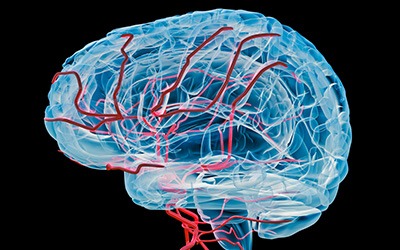Article taken from this website.
Source
Division of Neuropathology, University of California-San Diego, 1363 Shinly, Suite 100, Escondido, CA 92026, USA. jdelator@nctimes.net
Abstract
Considerable evidence now indicates that Alzheimer’s disease (AD) is primarily a vascular disorder. This conclusion is supported by the following evidence: (1) epidemiologic studies linking vascular risk factors to cerebrovascular pathology that can set in motion metabolic, neurodegenerative, and cognitive changes in Alzheimer brains; (2) evidence that AD and vascular dementia (VaD) share many similar risk factors; (3) evidence that pharmacotherapy that improves cerebrovascular insufficiency also improves AD symptoms; (4) evidence that preclinical detection of potential AD is possible from direct or indirect regional cerebral perfusion measurements; (5) evidence of overlapping clinical symptoms in AD and VaD; (6) evidence of parallel cerebrovascular and neurodegenerative pathology in AD and VaD; (7) evidence that cerebral hypoperfusion can trigger hypometabolic, cognitive, and degenerative changes; and (8) evidence that AD clinical symptoms arise from cerebromicrovascular pathology. The collective data presented in this review strongly indicate that the present classification of AD is incorrect and should be changed to that of a vascular disorder. Such a change in classification would accelerate the development of better treatment targets, patient management, diagnosis, and prevention of this disorder by focusing on the root of the problem. In addition, a theoretical capsule summary is presented detailing how AD may develop from chronic cerebral hypoperfusion and the role of critically attained threshold of cerebral hypoperfusion (CATCH) and of vascular nitric oxide derived from endothelial nitric oxide synthase in triggering the cataclysmic cerebromicrovascular pathology.






